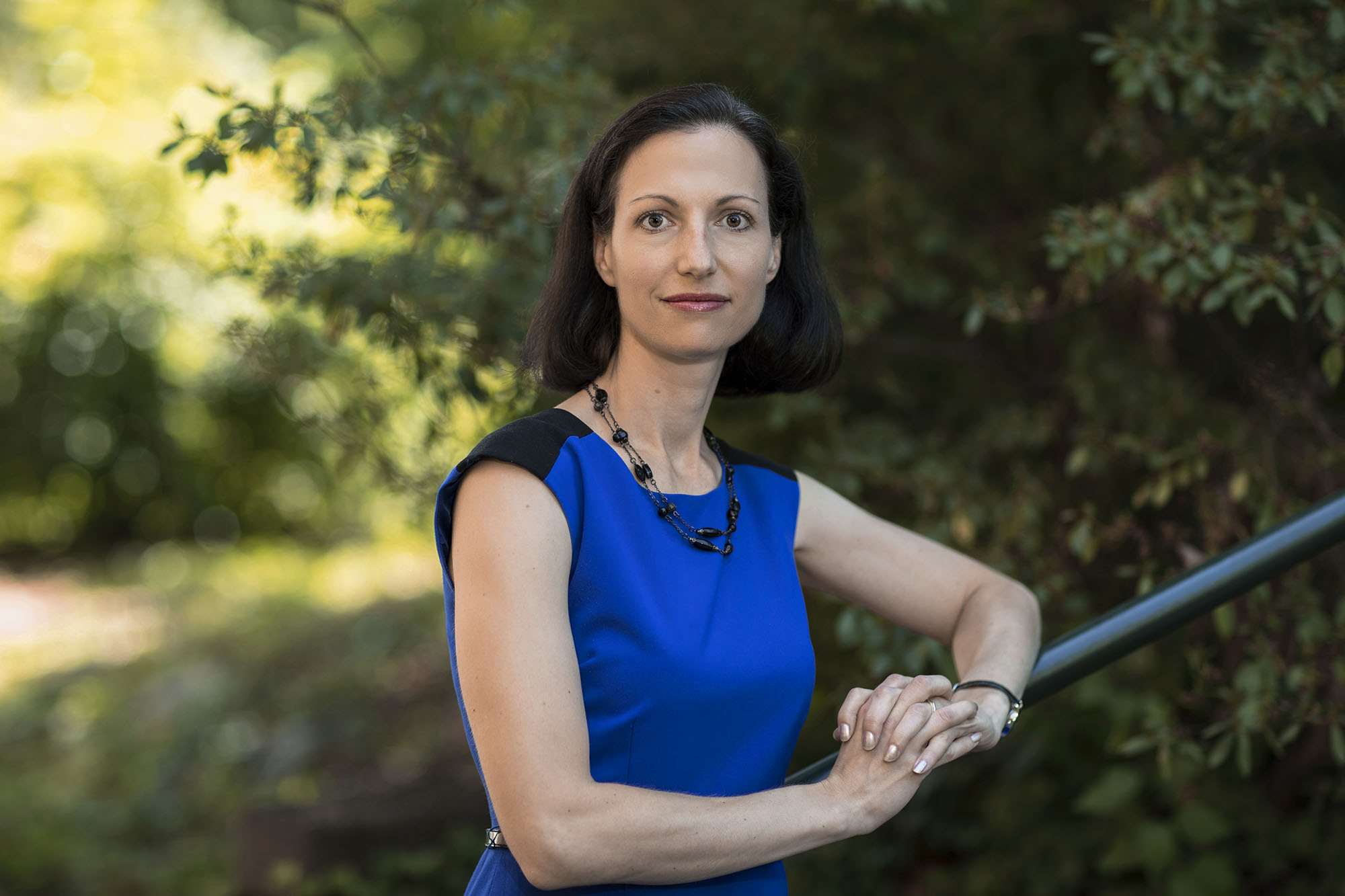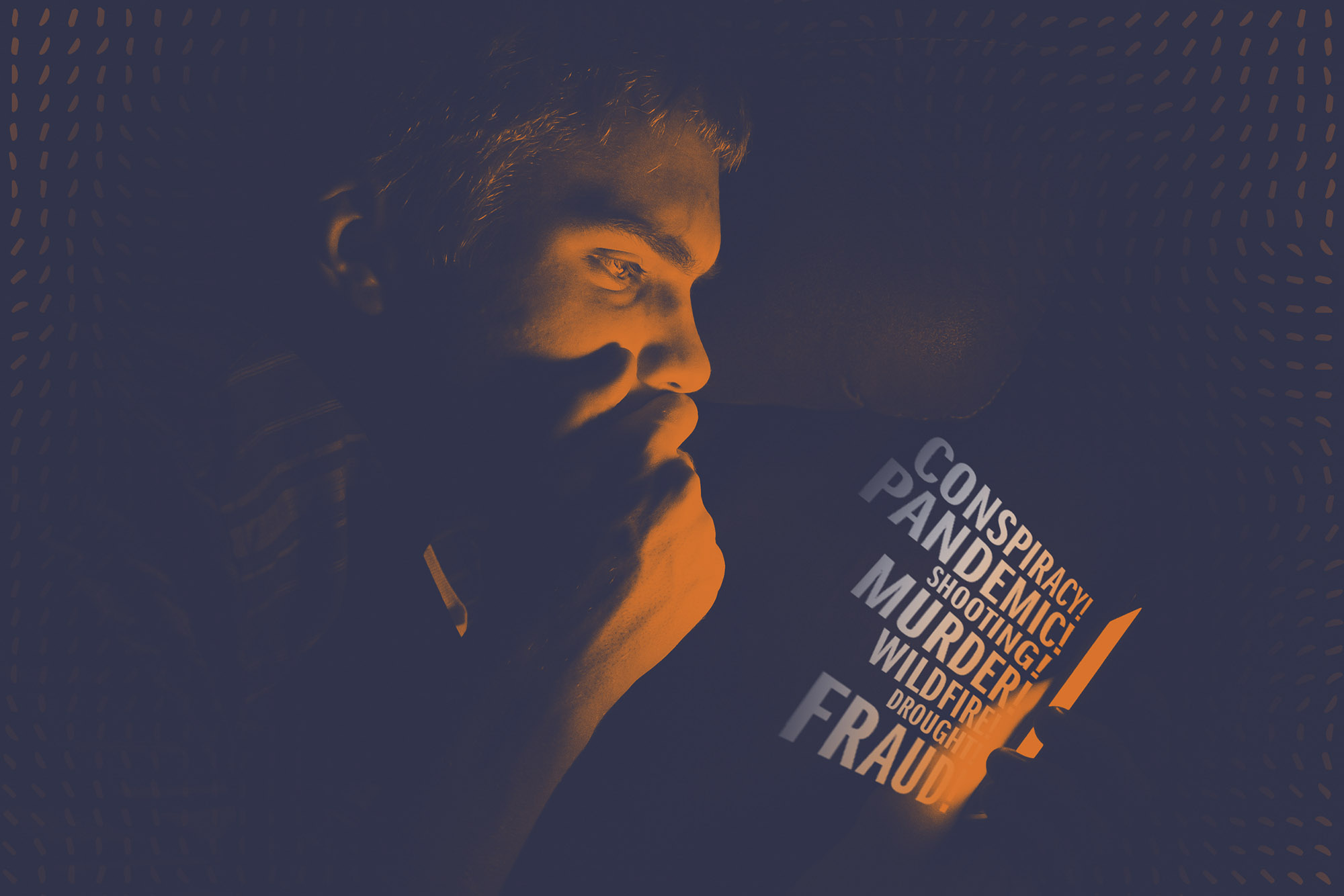Q. How does doomscrolling affect mental health?
A. There is nothing wrong with seeking information and staying informed, but when a person gets caught in hours and hours of reading negative stories, it can give an exaggerated sense of threat and increase the feelings of danger and vulnerability. We know, for instance, from past times of trauma and crises that individuals who engage in extended media consumption tied to the trauma are more likely to develop later mental health problems, like post-traumatic stress disorder, anxiety and depressive disorders, compared to individuals who place limits on their negative media consumption.
It is, however, important to distinguish between doomscrolling and other social media and news consumption. Spending time online has provided an important way for people to stay at least virtually connected when they are not able to physically connect. While we wouldn’t want children or anyone else spending their whole day on social media, the research suggests there is not a strong, reliable association between spending time on social media and negative mental health. Rather, it depends on the role it is playing for the person – if time on social media is generating a lot of envy or anxiety, it is likely not helpful, but if it is supporting connections and helping a person gather reliable, balanced information, it can serve a positive function. So, it can be helpful to monitor how you (or your family members) feel after spending time online and track the impact it has on your mood.
The other big issue to consider tied to the negative impact of doomscrolling or other social media use is what valued, healthy activities are not happening because of the extensive time online. Going outside, getting exercise, actually talking to others, and getting good sleep are all really important right now as our normal routines have been so disrupted. Thus, it’s critical that time online does not take away from meeting those other needs that help us manage our mental health.
Q. The late philosopher Marshall McLuhan, who published pivotal studies on how media affects society and culture, said if you give people too much information, they resort to pattern recognition. Is that theory at play here at all? What are the consequences of being overly informed?
A. Part of the issue is with being selectively informed and not having the information match the needs of the situation. Epidemiologists and infectious disease specialists likely can’t be “overly informed” right now! They need extensive information to do their jobs effectively, and they are hopefully attending to positive as well as negative information and using objective criteria to evaluate the quality and reliability of the information they consume.
There is nothing wrong with seeking information and staying informed, but when a person gets caught in hours and hours of reading negative stories, it can give an exaggerated sense of threat and increase the feelings of danger and vulnerability.
- Bethany Teachman
psychology professor
This differs markedly from doomscrolling, in which a person is selectively focusing on negative stories and overweighting information that suggests a possible threat without placing the information in context and having a balanced perspective. The pattern recognition ties to the heuristics or schemas we use to rapidly process information. While useful, they can easily bias us to quickly categorize information without appreciating its nuance.
For instance, a post that mentions a possible side effect of a vaccine is almost instantly added to the “world is dangerous” mental pile, without considering that the threat may be extremely minimal given the infrequent occurrence of the side effect.
Q. How can people stop doomscrolling? Are there coping strategies you can suggest?
A. I encourage people who are worried about whether they are doomscrolling to track both the time they are spending online reading scary and disturbing news stories and posts, and track the impact that time is having on their mood (e.g., levels of sadness, anxiety, and anger) and sleep. Then set some clear guidelines to try.
For instance, they can decide that they will check the news and social media for 20 to 30 minutes in the morning and 20 to 30 minutes after work/school, but keep it closed at other times. They can also decide not to check past a certain time in the evening so it doesn’t disrupt sleep by keeping them up worrying. People can try these strategies for a week and see whether their mood and sleep improve. There is not one magic rule to follow – it is likely to require some trial and error to figure out what will work for each person, so monitoring the impact of different strategies is helpful.
Also, because it is often difficult to simply tell oneself not to do something that you feel compelled to do, especially when not doing it generates some anxiety at first (e.g., wondering what you are missing), it can be helpful for people to tell someone else their goals – this increases the sense of accountability and likelihood of following through – and plan other activities that take them away from the phone and other devices when they would normally be doomscrolling. It’s a great time to plan a walk with a friend, do an exercise class, watch a fun show, or catch up on a little sleep.
Finally, we can change the meaning we assign to that feeling of uncertainty that motivates the extra vigilance to possible signs of threat. If we can recognize that uncertainty doesn’t mean something terrible is happening, it simply means we do not know, it can help us to tolerate that stressful ambiguity.
Q. Are there other resources people can use to ease doomscrolling and its negative effects?
A. If you are struggling with doomscrolling that causes anxiety, depression, or is part of an internet addiction, or you are dealing with other mental health challenges during this time, reach out for help. There are a lot of effective treatment options – ABCT.org and ADAA.org are good sources to find a (telehealth) therapist in your region. Also, our research team offers free online interventions through a program called MindTrails to help shift anxious, catastrophic thinking. Finally, many online apps can support mental health, including the COVID Coach app, which is designed to support mental health during the pandemic.











